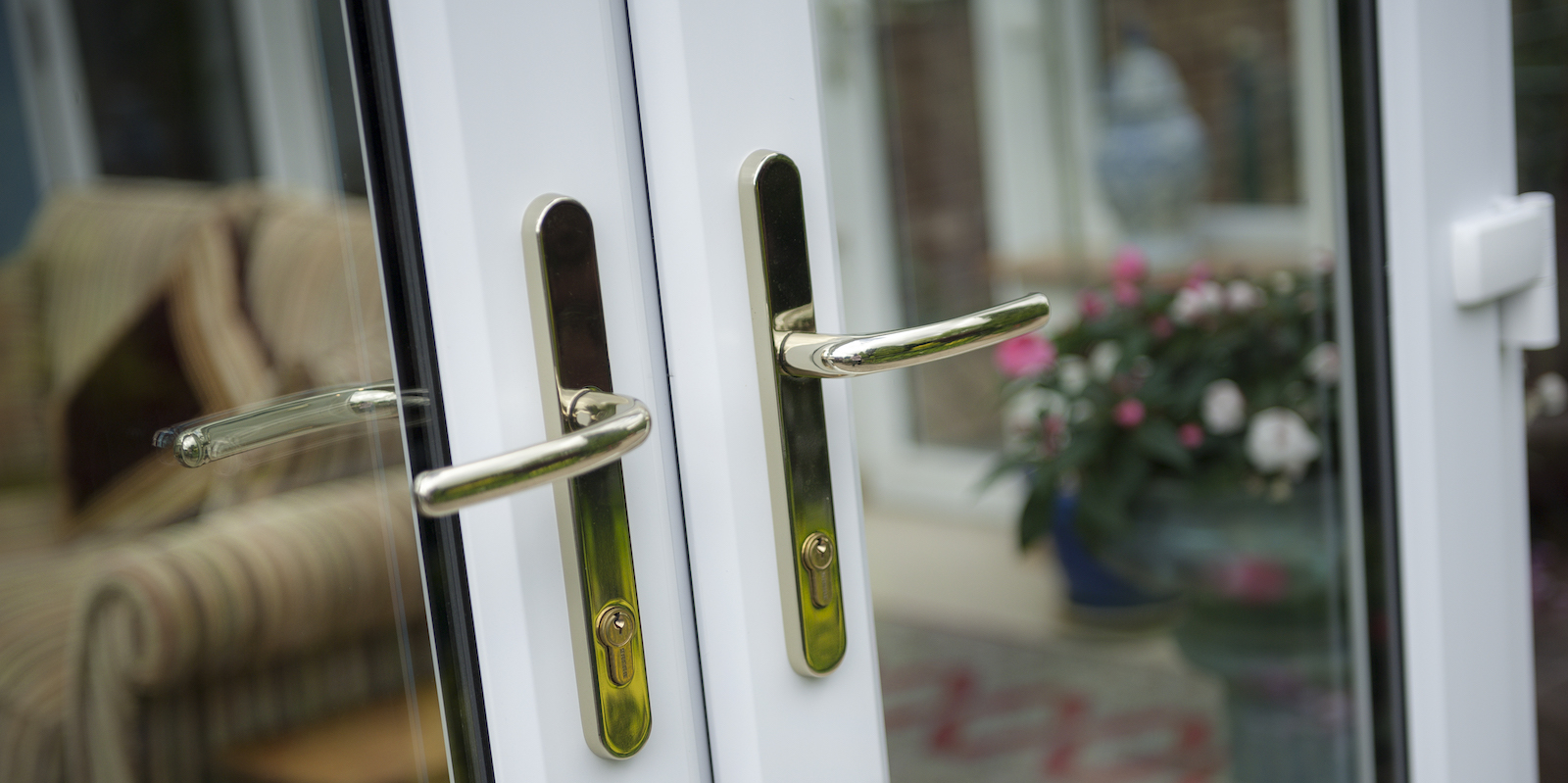french-door-renovation6978
french-door-renovation6978
See What French Door Adjustment Tricks The Celebs Are Utilizing
A Comprehensive Guide to French Door Adjustment: Ensuring Functionality and Aesthetic Appeal
French doors have long been a beloved option for house owners looking for elegance and functionality for their home. Defined by their large panes of glass and the capability to open fully, French doors can transform a space by inviting natural light and producing a seamless connection in between indoor and outside environments. Nevertheless, like any other door, they may need adjustments with time to keep their optimum performance. This short article will dive into the subtleties of French door adjustment, exploring why adjustments are required, how to perform them, and answering common questions on the topic.

Understanding French Door Mechanics
French doors generally consist of 2 panels that swing open from the center. They might have numerous locking systems, hinges, and frame setups, which all contribute in their overall functionality. Here are some common parts included:
- Hinges: These are vital for swinging the door open and closed, and they need to be appropriately aligned to guarantee smooth movement.
- Locks and Latches: Mismatched locks can lead to security issues and impact performance.
- Limit: The bottom part of the door frame can end up being irregular, causing spaces and drafts.
Why French Door Adjustment is Necessary
With time, French doors can experience misalignment due to:
- Settling of your home: Homes naturally settle, causing frame adjustments which can misalign doors.
- Humidity and Temperature Changes: Wood doors can swell or shrink with humidity and temperature level variations.
- Use and Tear: Regular usage with time can result in loose hinges or unequal thresholds.
Correct adjustment of French doors is important to maintain not just their aesthetic appeal but also their functionality.
How to Adjust French Doors
Adjusting French doors involves numerous actions and may vary a little depending upon the specific configuration. However, the following general treatment uses commonly to most French door setups.
Step-by-Step Adjustment
- Assessment: Begin by checking the hinges, frame, and limit for visible spaces or misalignments.
- Gather Tools: You will need:
- Screwdriver
- Level
- Shims (if required)
- Allen wrench (if hinges are adjustable)
- Adjust the Hinges:
- Loosen the screws on the hinges slightly.
- Using an Allen wrench, change the hinge screws (if relevant) to raise or decrease the door panel up until it aligns properly.
- Tighten the screws back after adjustment.
- Inspect the Alignment: Use a level along the door’s edge to ensure it stands straight. Change as required.
- Adjust the Threshold: If spaces continue at the bottom, use shims under the threshold or adjust it according to producer instructions.
- Evaluate the Locking Mechanism: Ensure that the doors lock safely into place without forcing them.
- Last Inspection: Check for any draft or misalignment after modifications and correct if required.
Maintenance Tips
- Frequently check hinges and locks for wear and tear.
- Tidy hinges with a lube to decrease friction.
- Examine weather removing and replace it if it shows substantial indications of wear.
When to Seek Professional Help
While numerous property owners can deal with minor modifications separately, some circumstances warrant professional assessment:
- Complex issues associated with structural problems within the house.
- Serious misalignment caused by extended wear, demanding replacement of hinges.
- Issues with lock mechanisms that require specialized tools and know-how.
Common FAQs About French Door Adjustments
1. How typically ought to I adjust my French doors?Adjustments ought to
be made as needed. A seasonal check is advised to guarantee ideal performance, especially after significant weather modifications. 2. What tools do I need for adjustment?Basic tools include
a screwdriver, level, Allen wrench, and shims for
supporting irregular limits. 3. Why is my French door sticking?Sticking might arise from humidity causing the door to swell or from
misaligned hinges. Check for grooves and change as essential. 4. Can I adjust French doors myself?Yes, with fundamental tools and a little knowledge of the parts, most property owners can manage simple modifications.
5. What if my French doors won’t close properly?This can suggest major misalignment or harmed hardware. Examine the scenario and consider professional help if it can not be fixed with basic modifications. French doors can considerably boost the visual and functional qualities of a home. Though they may require periodic modifications due to different aspects such as settling, humidity, and regular usage, a few easy actions can
restore their performance. Routine inspections and proactive maintenance can prolong the lifespan of French doors, permitting homeowners to enjoy their charm and utility for several years to come. Eventually, a well-adjusted set of French doors not just serves practical purposes however also adds to the total elegance of any area. Summary Table: Key Points for French Door Adjustment Element Description Parts Hinges, locks, latches, limit Common Issues Misalignment, sticking, gaps Tools Needed Screwdriver, level, Allen wrench, shims Adjustment Steps Examine, change



